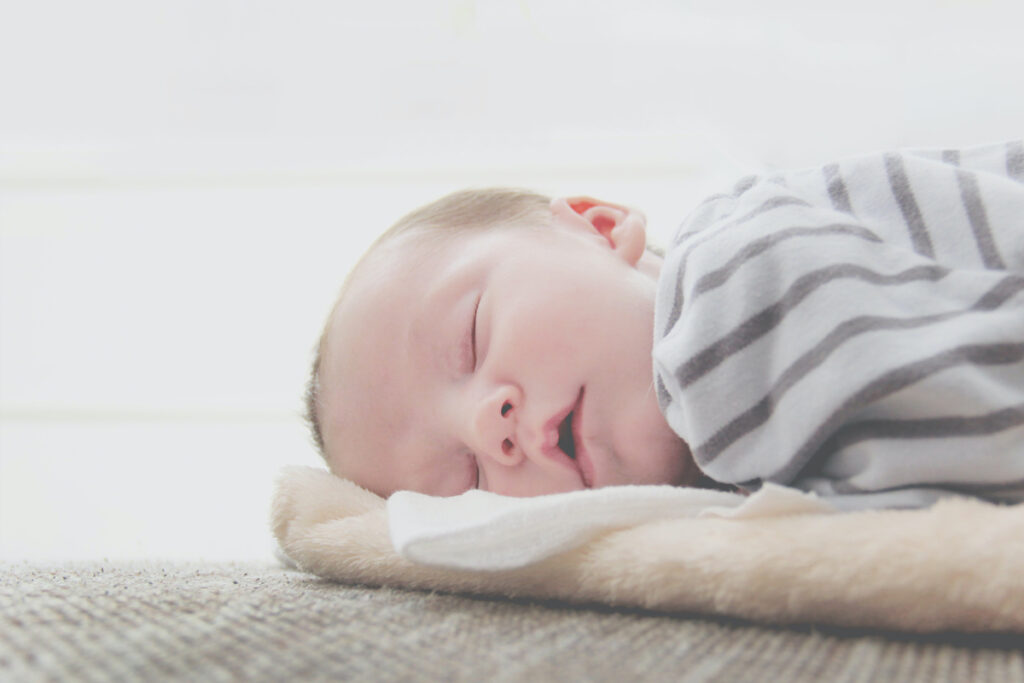Mitglied
Beiträge: 73
Registriert: Sa 9. Jan 2021, 12:08
 Diagnosis and treatment Sleep apnea in children
Diagnosis and treatment Sleep apnea in children

From research results both in Thailand and abroad, it was found that History taking and physical examination alone cannot be diagnosed. Or can tell the severity of obstructive sleep apnea in children Therefore, additional tests are required for a more accurate diagnosis.
All news : joker game
Diagnostic methods include
1. Radiography Radiography of the neck helps to determine the size and location of the tonsils. And or adenoids That may block the upper respiratory tract
2. Sleep oxygen saturation test It was found that the measurement of oxygen saturation while sleeping at least 6 hours was used to graph it. It can be used as a screening test for obstructive sleep apnea in children. If the result is positive, the patient has a high probability. But if the negative results cannot be eliminated from obstructive sleep apnea in children. Still need to send the patient to have a full sleep examination Or continue to see an expert
3. Full sleep monitoring It is also considered the best diagnosis of obstructive sleep apnea in children. It is useful in diagnosing this condition in children with snoring or breathing difficulties while sleeping. And help distinguish the severity of the disease Helps screen out patients who may have complications of this condition. As well as patients who are at risk of complications after surgery.
Treatment of pediatric patients with obstructive sleep apnea.
It is initially advisable to advise patients and parents about avoiding tobacco smoke, pollutants, and allergens, as these can cause nasal congestion. And increase the resistance of the upper respiratory tract And in heavy patients, it should be given to reduce obesity.
Methods for treating obstructive sleep apnea include:
1. Surgical treatment of adenoids and tonsils. It is the most effective treatment in pediatric patients with obstructive sleep apnea with tonsils and / or adenoids. Found that surgery on the tonsils and / or adenoids Help reduce the severity of the disease And improved quality of life as well as behavioral problems compared to pediatric patients receiving follow-up treatment.
2. Drug use: steroid nasal spray is used in pediatric patients with mild obstructive sleep apnea. Patients who cannot have tonsillectomy and / or adenoids. However, since the response to the drug in each patient may be different, the symptoms of obstructive sleep apnea remain low. In the case of drug use, the snoring improves. But obstructive sleep apnea may not be cured. And after stopping using the drug may return symptoms. Therefore, patients should be monitored while using the drug and after stopping the drug use.
3.Continuous use of positive pressure air compressor is used in cases
- Patients receiving tonsillectomy and / or adenoids. And there are still symptoms of obstructive sleep apnea.
- Obstructive sleep apnea associated with obesity, neuropathy and muscle And abnormal facial structures that cannot be successfully treated with other methods
4. Other treatments such as patients who refuse or are unable to treat by surgery. Will be treated by the use of dental equipment Useful in pediatric patients with obstructive sleep apnea. In conjunction with a malocclusion or a receding chin
